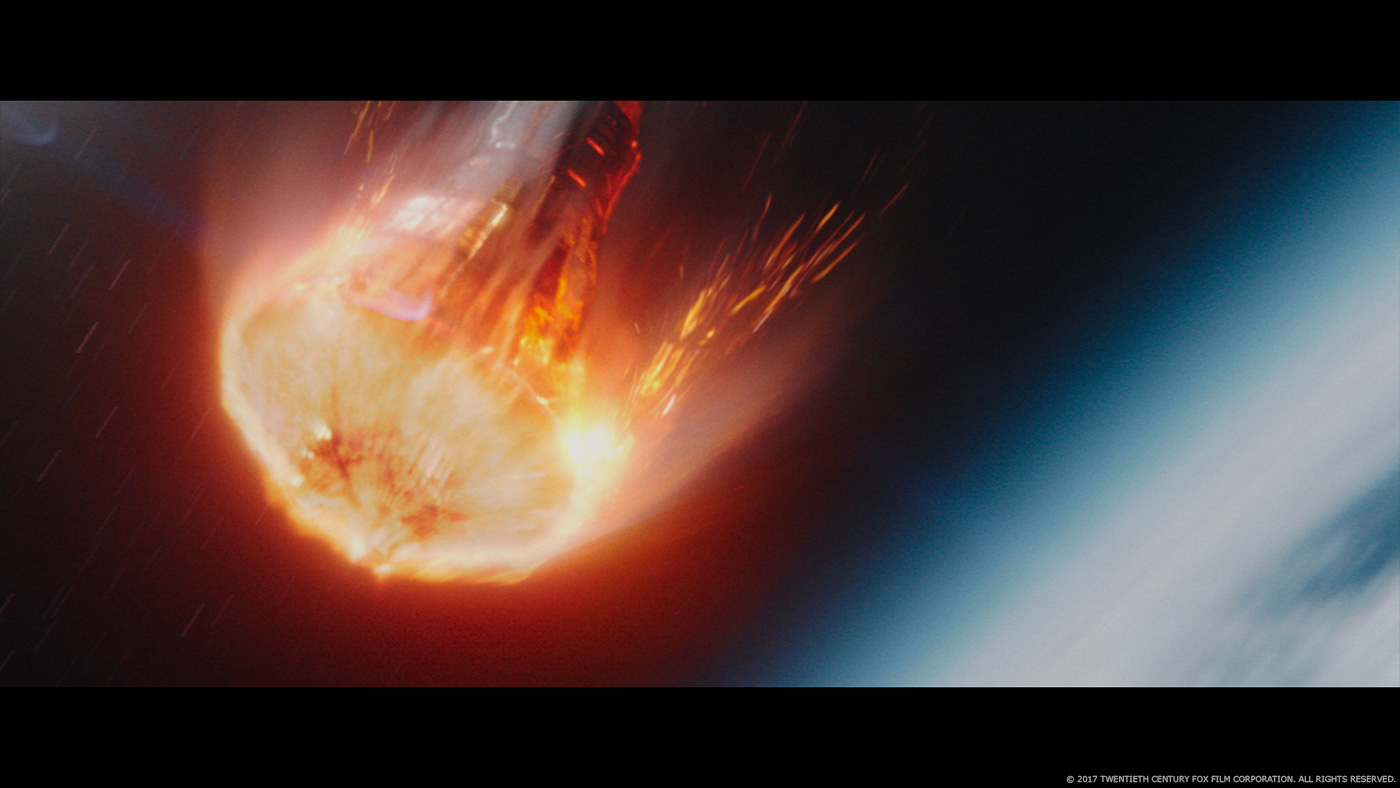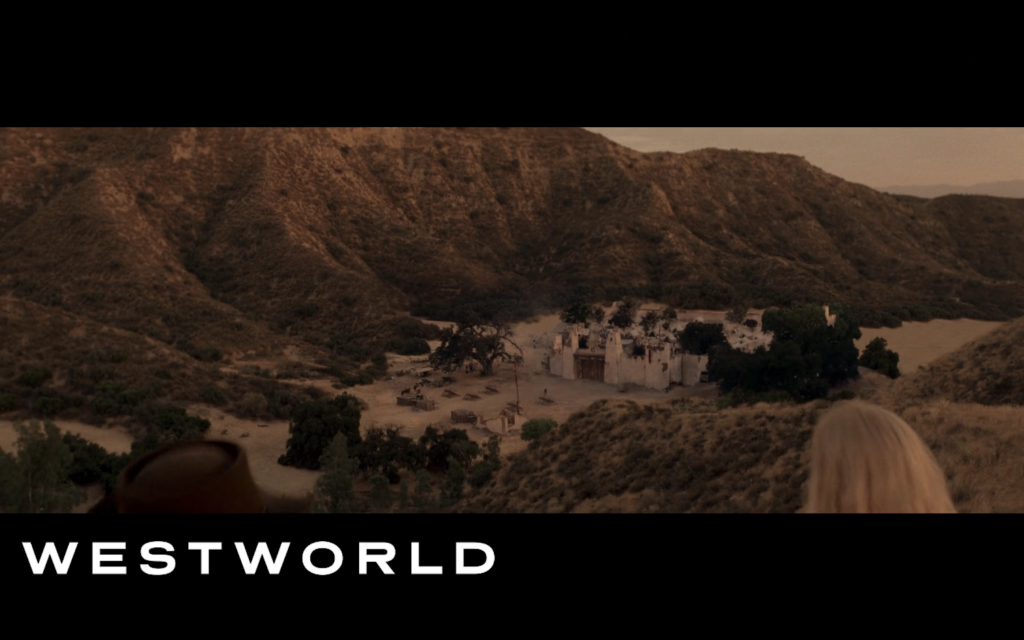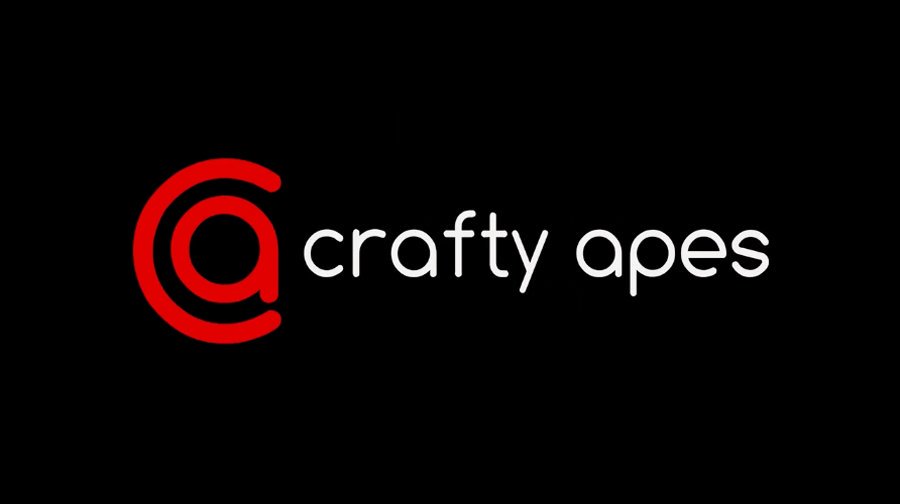Presentation Takeaways – Crafty Apes VFX Studio
Crafty Apes is a visual effects studio with offices in Atlanta, New York, and Los Angeles which produces work for film and television. As part of SCAD Film Festival 2019, four members of the team – producer Matt Akey, supervisor Sean Thigpen, and compositors Tanner Bartlett and Ndosi Anyabwile – visited the campus to answer some questions about the workflow of a professional VFX studio.

What does collaboration look like between a film/television studio and a visual effects studio?
We (Crafty Apes) start by meeting with filmmakers to get their scripts as soon as possible, so we can figure out how much time and labor will need to spend on certain scenes. We also have an ongoing discussion with directors and cinematographers to come to an agreement on how the set will be lit, what effects will be accomplished practically (with props, not VFX), and how to best execute the project’s creative vision. VFX artists often come on set and support the filmmakers during shooting, making sure the set lighting and continuity are appropriate for adding VFX.
It’s also crucial for the production design department to know and work with visual effects throughout the process to develop a cohesive “look”. The editor(s) also need to be in contact, so the visual effects artists can know where the film cuts are.
Once the editors produce a rough cut, the visual effects studio goes in for pass to figure out what effects they will need to create. These effects can range the gamut from adding a huge monster to masking out zits on an actor’s face. Once the final cut is delivered, the VFX team is assigned to complete specific deliverables.
Sometimes, for larger-budget productions like the Marvel films, the production studio will contract multiple VFX studios to produce different scenes. Typically, different studios will be assigned to scenes based on what they specialize in – for example, some studios make really good storms, and others are great at blood and gore.

What should directors and writers do to make their work easier to hand off to VFX artists?
From the beginning, the director/writer should have a clear idea of their project’s end result. They should be able to explain it as clearly as possible, so they don’t have to give the VFX studio as many notes for revision later in the process. However, when the filmmakers do send back notes on a VFX pass, they should also note things that are working so the studio has a better idea of what to do for future shots.
While the script is being written and revised, the filmmakers should try to think ahead and anticipate the effects of their choices. For example, if a scene is going to be shot on the Las Vegas strip, it might end up capturing trademarked content which the VFX studio will need to blur out in post. However, the studio can avoid this extra work simply by using a long-focus lens.
Similarly, the filmmakers might be tempted to cheap out on expenses which seem relatively unimportant, like hairdressers. However, the costs saved by hiring a less-than-expert hairdresser can actually translate into a lot more work for the VFX studio; hair in particular is one of the most complicated and time-consuming things to correct in post. Overall, it’s just a good idea to have someone from the studio on set to “babysit the monitor” and fix issues before they become massively expensive.

What’s the biggest misconception among people who want to work in visual effects?
Although it may seem obvious, there’s no “dragon button” that you can hit and make a cool dragon. Everything needs to be built from the ground up, even seemingly simple things like correcting colors and shadows.
It’s also very hard to break into the industry, but it’s easier if you are prepared to accept unpopular work as an “in” later. A position at a small studio, or even somewhere else in the film industry, can help you get the connections and experience you need for a more desirable position.
On the note of networking, VFX artists are constantly working with the same circle of people, so it’s important to keep good relationships. Since you will usually be working to support other professionals, it’s a good idea to act as a “servant leader”.
How can I effectively utilize freelance work in my career?
Once you have built up enough experience to show that companies can rely on you to do the work, companies will often let you go the “freelance” route and work from home.
VFX work is typically seasonal – the busy periods are related to when film and television projects are released. Around the same time you finish a film project, television projects are looking for VFX work and vice versa, so you can do freelance work for those projects. However, one downside is that most projects which accept freelance work are usually independent and/or low-profile, since higher-budget projects require lots of security around their production.

Is there a role for me in visual effects if my experience is more in another area, like cinematography?
No matter what role you’re looking for in the entertainment industry, you are going to need a demo reel to show what you can do. If your background is in less of a VFX speciality, you should try to accomplish a small number of effects, but do them really well. Your scenes/reel should be planned around a small number of really interesting, attention-grabbing shots, and use practical effects to help “sell” the VFX even more. For example, if you are placing an actor at the top of a mountain, blowing their hair with a fan can make the effect look that much more believable.
Many people working in VFX learn a lot on the job, even if they went to school for it. Companies aren’t expecting you to know everything on your first day. The ideal candidate for a VFX job should just show that they are willing and able to learn.
